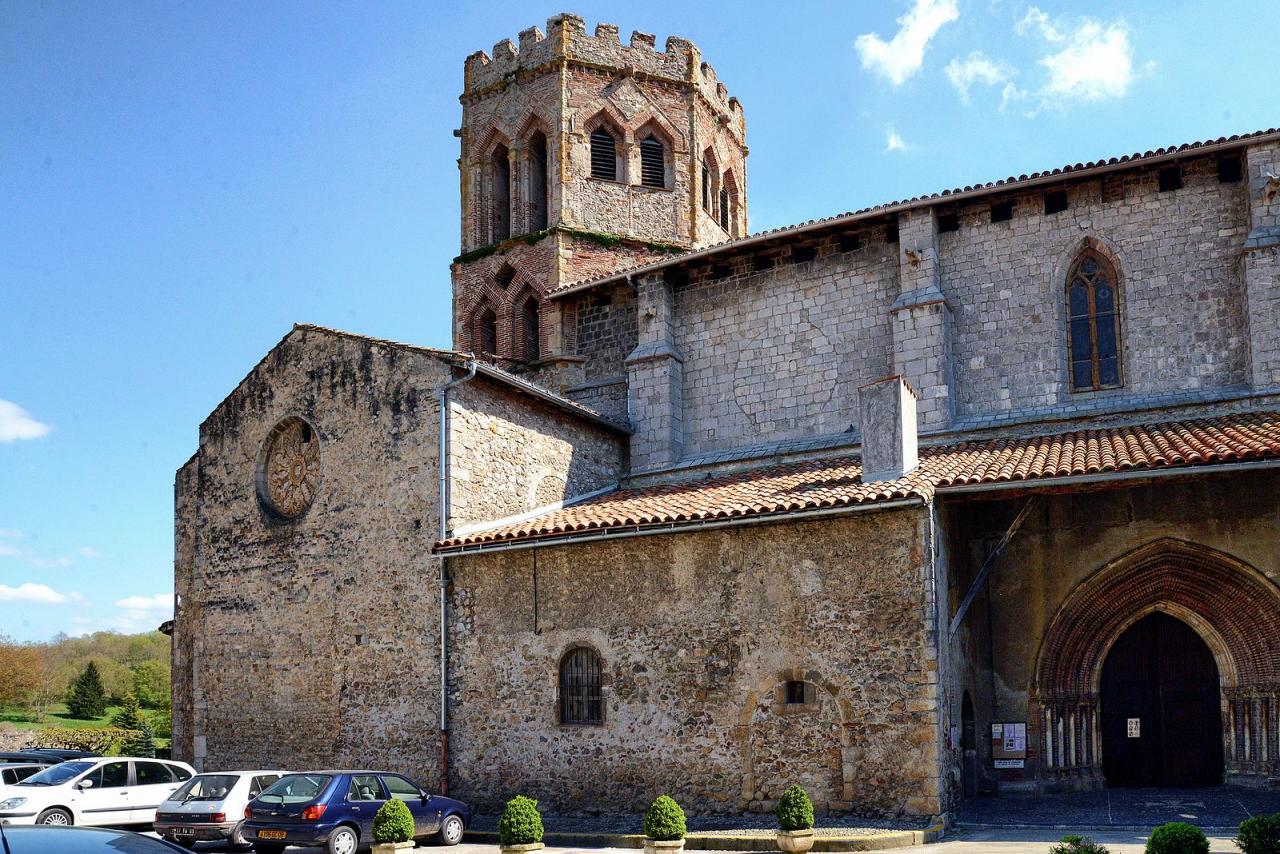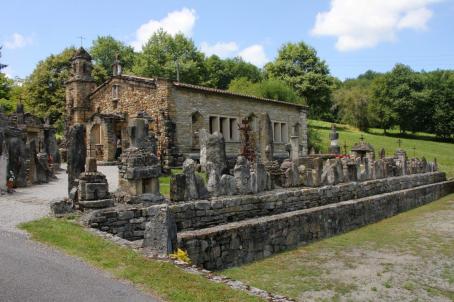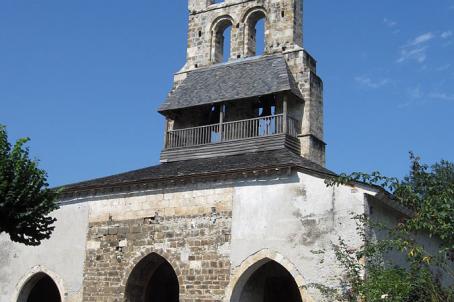Saint-Lizier Cathedral

This building dating from the 11th, 14th and 15th centuries. The Church was consecrated in 1117 and remained a cathedral until 1655. It was abandoned as a cathedral when the two chapters were united into one, as the city once had two juxtaposed poles.
About this building
This is a simple building, composed of a single nave, without collateral or chapels, plan in Latin cross with protruding transept. The choir is vaulted in a cul-de-four and decorated with a set of Romanesque frescoes from the 11th century. A cloister also remains, dating from the 12th century. A bell tower rises at the crossing of the transept, and is dated to the 12th century, and will not be completed until the 14th.





